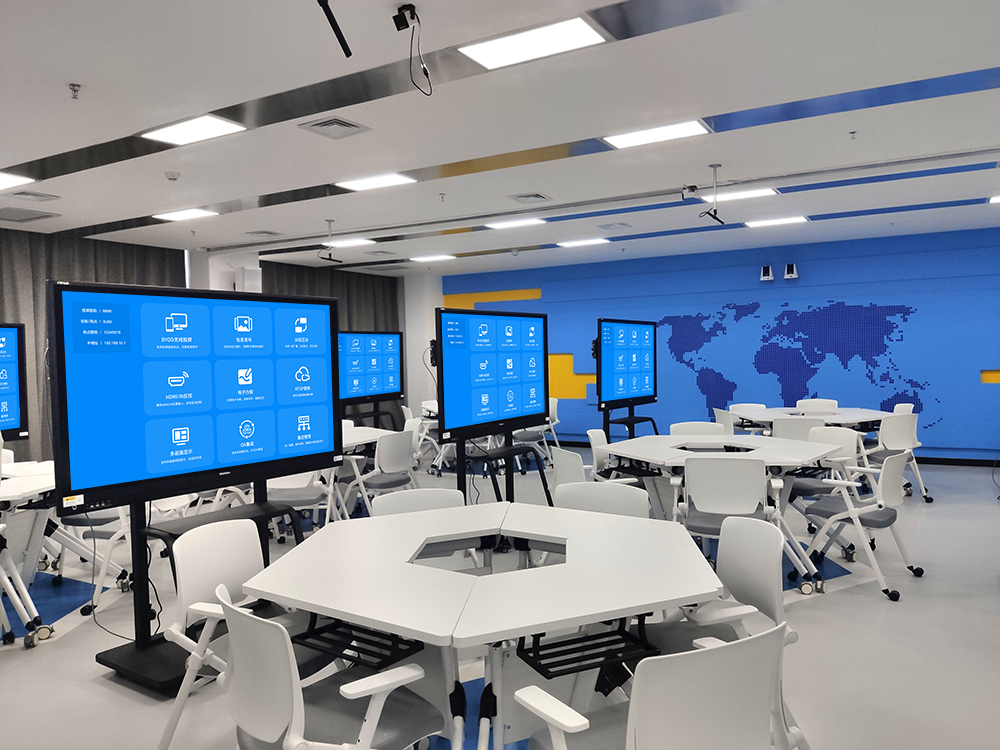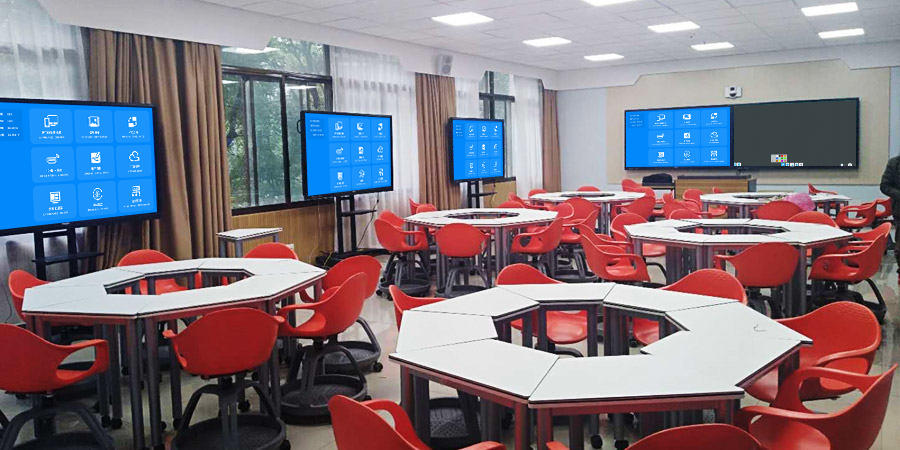Seamless Multi-Screen Interaction: Effortless Device Synchronization
Want to enable “two-way interaction and free content flow” between your phone, computer, tablet, and a large screen? This Bijie screen mirroring device makes it easy! With no complex setup, you can quickly create multi-screen collaboration scenarios for office work, classroom interaction, and home entertainment. It upgrades your devices from “single-use” to “efficiently linked,” making every interaction smoother and more hassle-free.
3 Steps to a Multi-Screen Setup: Newbies Can Master It in Seconds
You don’t need to be a tech expert. A simple process is all it takes to start the collaboration:
- Connect Devices: Plug the receiver into your large screen (TV / meeting display / projector) and the transmitter into your computer. Phones and tablets connect via the exclusive signal generated by the device. No complicated network setup is required—all devices are linked in 30 seconds.
- Select Interaction Mode: Choose between “Master Control” (computer is the master, phone/tablet are auxiliary) or “Equal Interaction” (all devices can push content) with just one click, allowing for flexible adaptation to different scenarios.
- Start Multi-Screen Collaboration: Tap the “Start Interaction” button on the device. Your computer, phone, tablet, and large screen instantly connect, with real-time content flow and seamless operation. The entire process takes less than a minute, so anyone can easily use it.
Core Functions: More Flexible Multi-Screen Interaction
Cross-Device Content Flow
- Multi-Device Material Transfer: Transfer a PowerPoint from your computer, a photo from your phone, or a mind map from your tablet in seconds using the device’s “one-click push” function. No need for WeChat or USB drives, improving material collection efficiency by 70%. For example, during a meeting, a colleague can take notes on their phone, push them to the computer to organize, and then project them to the large screen, creating a seamless workflow.
- Content Relay Display: If you don’t finish presenting a proposal on your phone, you can switch to your computer to continue without any interruption to the large-screen content. When you switch a video from a tablet to a TV, the progress and volume are synchronized, ensuring a consistent, lag-free experience.
- Full Format Compatibility: Supports cross-device transfer of mainstream formats like PPT, Excel, MP4, and JPG. No need for format conversion—just select and transfer. Playback is smooth without crashing, adapting to 99% of office, teaching, and entertainment materials.
High-Efficiency Multi-Terminal Collaboration
- Unrestricted Two-Way Control: After your computer is projected to the large screen, you can use your phone as a “wireless remote control” to turn pages and annotate. When a teacher uses a tablet as the master control, they can remotely access additional materials on the computer via the large screen, allowing them to operate from anywhere in the classroom, free from device restrictions.
- Split-Screen Complementary Display: In an office meeting, you can project the proposal framework from your computer to the main screen and data charts from your tablet to a side screen. This dual-screen linkage makes the logic clearer. For home entertainment, you can project a movie to the TV, a chat window to the tablet, and use your phone to control playback, creating a richer, multi-screen experience.
- Real-time Annotation and Collaboration: Editing suggestions (like circling key points or adding data) annotated on mirrored content from multiple devices are synchronized in real-time to all connected devices. There’s no need to “pass the screen around,” making discussions more focused and efficient.

All-Scenario Application: Adapting to Diverse Interactive Needs
Office Collaboration: Boosting Efficiency and Reducing Costs
- During project discussions, a designer can project a draft from their computer (master) to the large screen, while a product manager uses their tablet (auxiliary) to annotate revisions. The revisions are synced in real-time to both the computer and the large screen, eliminating the need to pass devices around. In remote meetings, an off-site colleague can project their report from their computer, while the local team annotates changes on their phones, with multi-screen collaboration bridging the gap between online and offline teams.
- In a signing scenario, a computer can project a contract to a large screen for both parties to view. The client can use their phone (auxiliary device) to electronically sign, with the signature instantly displayed on the large screen and the computer document, making the entire process paperless, efficient, and professional.
Educational Interaction: Activating Classroom Vitality
- A teacher can project a lesson plan from their tablet (master) to the large screen, using a stylus for real-time annotations that sync to students’ tablets. After group discussions, each group can push their findings from their tablets to a group screen, and then with a single click, push them to the main screen for a tidy presentation.
- In a lab class, a phone can capture details of an experiment and mirror them to a side screen, while the computer projects the experiment steps to the main screen. This multi-screen combination makes key operational points clearer, deepens student understanding, and boosts classroom engagement by 50%.
Home Entertainment: Sharing Quality Time
- During family time, you can project an educational animation from your computer to the TV, while a tablet simultaneously displays interactive exercises. Children learn while watching, and parents can use their phones to view real-time quiz results, combining learning and entertainment.
- At family gatherings, friends and family can take turns pushing photos and short videos from their phones to the TV, while a computer simultaneously creates a digital album. Multi-screen cooperation makes sharing more lively. When watching a movie, the movie can play on the TV while a chat window is on the tablet, and a phone controls playback, making for a more relaxed atmosphere.
Dual Security and Stability: Use Multi-Screen with Confidence
- Tiered Permission Control: Administrators can set permissions like “only computers can project to the main screen” or “tablets can project to side screens” to prevent unrelated devices from interfering, making office and teaching scenarios more orderly.
- Uninterrupted Stable Transmission: Uses dual-band transmission technology (2.4GHz + 5.8GHz), maintaining low latency (≤20ms) even with multiple devices connected simultaneously. There are no lags during projection or file transfers, and the disconnection rate is less than 0.1%.
- Encrypted Data Protection: Files and annotations transmitted across devices are fully encrypted, protecting business secrets and family privacy.
- Portable and Lightweight: The device is small (palm-sized) and weighs less than 50g, making it easy to slip into a backpack for business trips or outdoor teaching, allowing you to set up a multi-screen interactive scenario anytime, anywhere.
This Bijie screen mirroring device transforms devices from “independent use” to “collaborative linkage.” Whether it’s for efficient office collaboration, dynamic educational interaction, or cozy family entertainment, it upgrades the experience through multi-screen interaction, ensuring every device reaches its maximum potential!